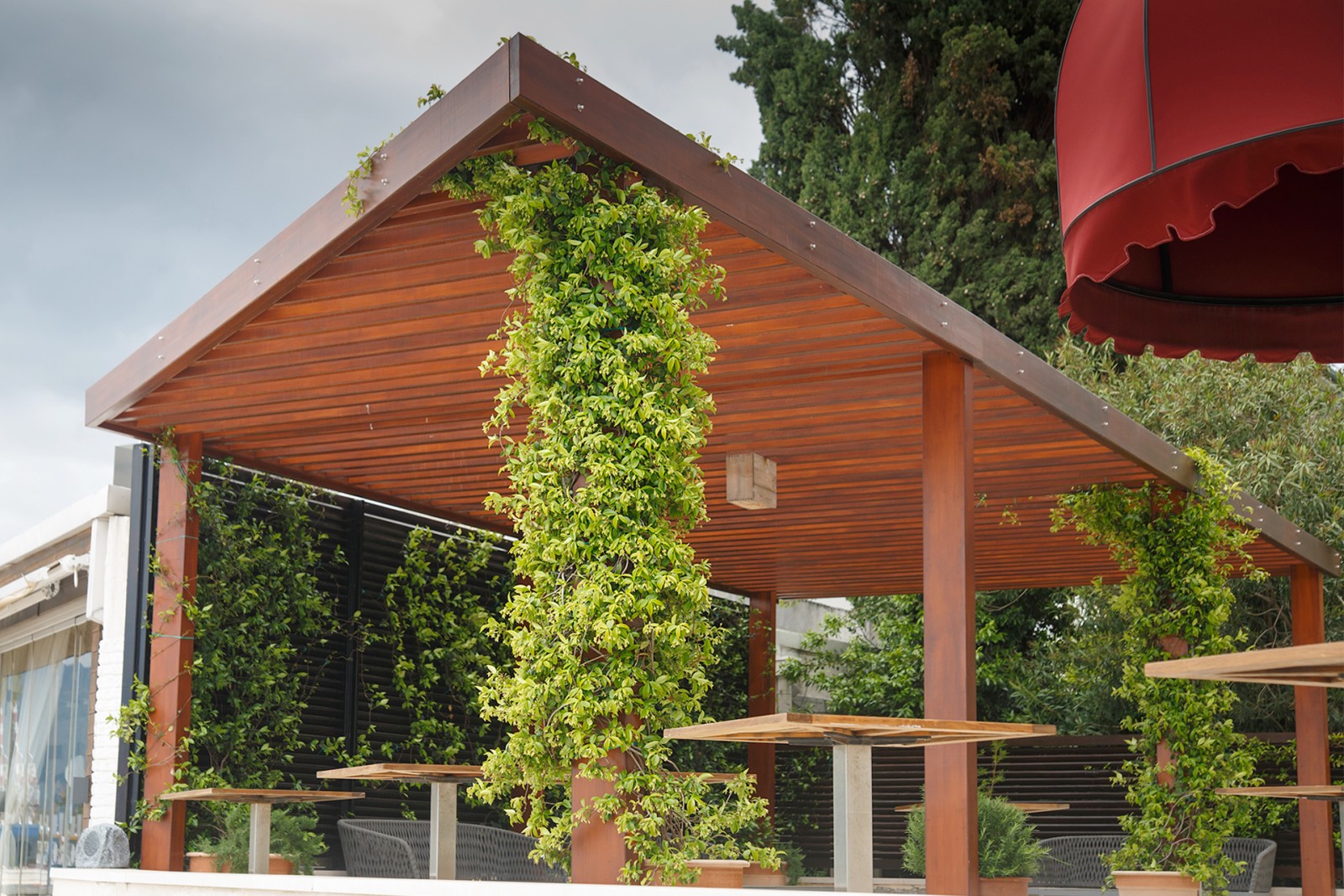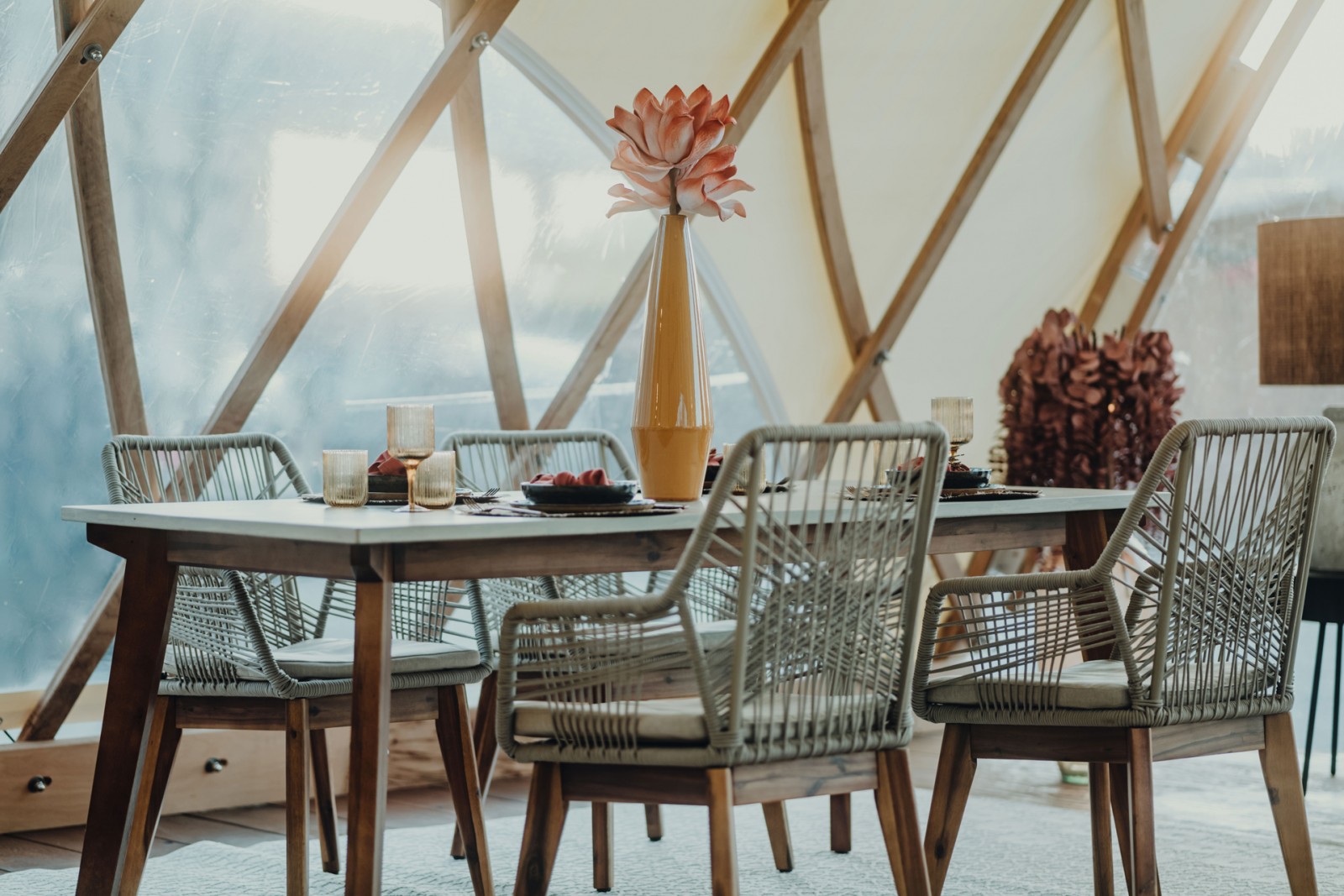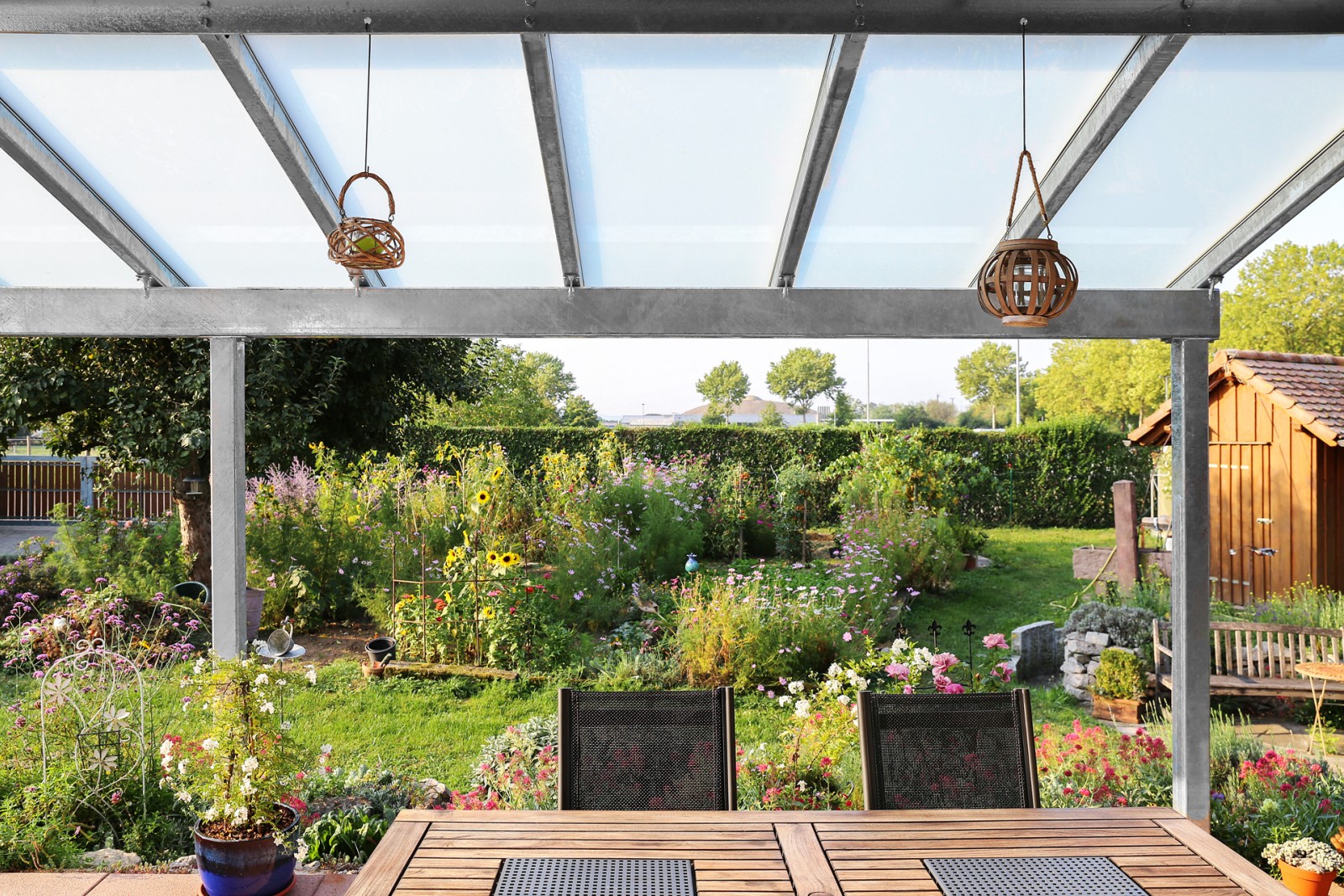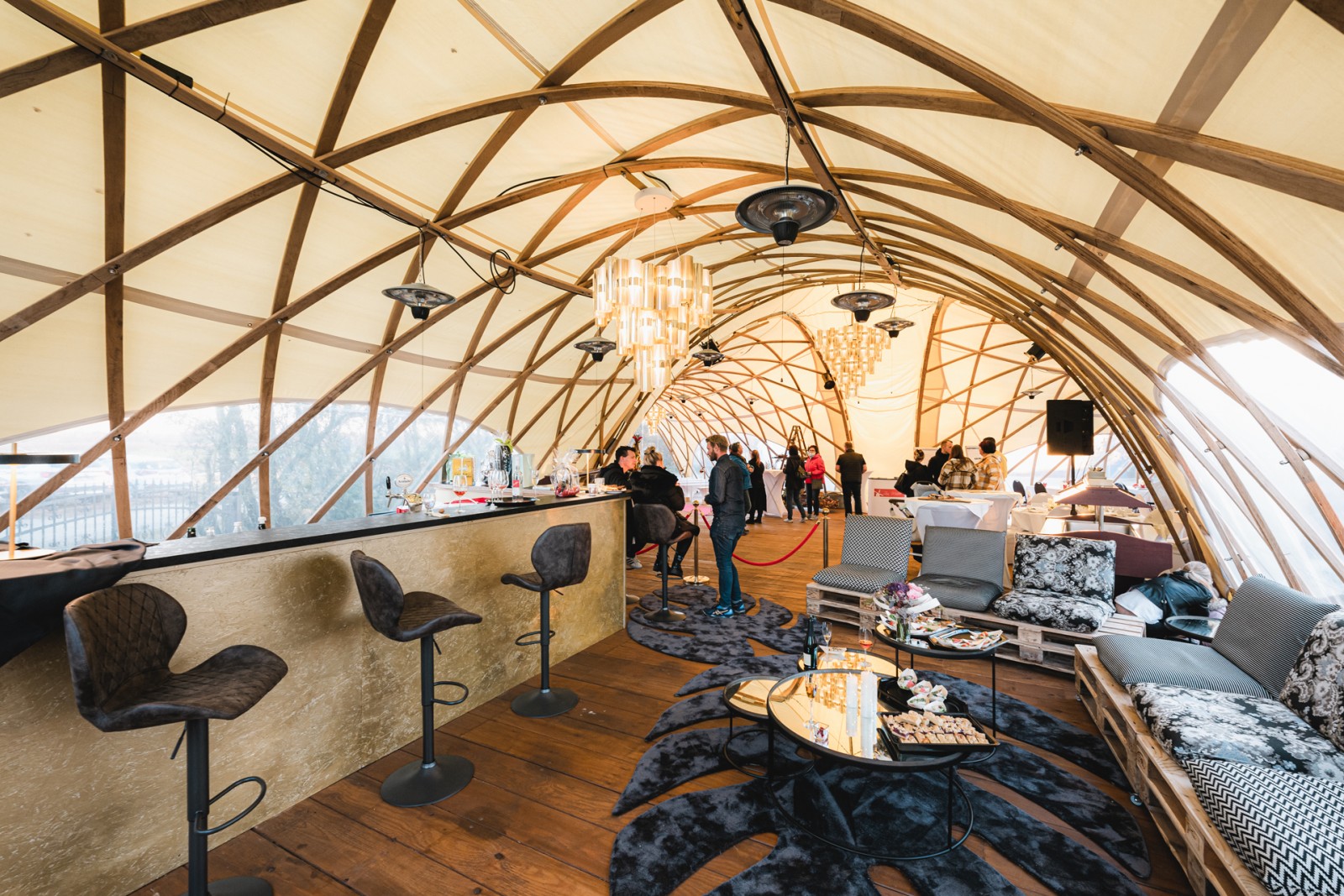What happens if you build a terrace roof without permission?
Anyone constructing a terrace roof without permission will have to pay a fine. Under certain circumstances, the roof may even have to be removed.
How much does a terrace roof incl. Installation cost?
There is a terrace roof for every budget. The costs depend on several factors:
- Material: Wood/aluminum/glass
- Size of the terrace roof
- Type of construction: Is it a custom-made product or a kit?
- Roof shape: Slanting vs. flat roof
- Additional elements such as side panels, sliding elements, sun protection devices, lighting, etc.
- Assembly costs
- Maintenance and care costs: Wood is more complex and expensive to care for than aluminum.
Does terrace roofing make sense?
Depending on intended use and whether you are the home owner or not, a terrace canopy may be worthwhile. If you like to spend a lot of time sitting outdoors, an awning will not be enough. Weigh the pros and cons of your current situation with your desired idea – with the help of an expert – in order to find the best solution.
How far does a terrace roof have to be from the neighbouring property?
The distance to the neighbouring property depends on the respective local regulations. The best way to find out is to contact the building authority of your municipality, as the municipal regulations may deviate from the national building regulations.
Can the neighbour appeal my application for terrace roofing?
In principle, the neighbour can appeal your application for terrace roofing. However, if the construction follows the development plan, his objections are void. In the interests of both parties and mutual appreciation, however, you should always take possible objections into account.
When does an illegal construction built without permit become statute-barred?
There is no statute of limitations for constructions erected illegally; even an entry in the land register does not protect against penalties. You can apply for a subsequent building permit; however, this is not a guarantee for a subsequent building permit.








